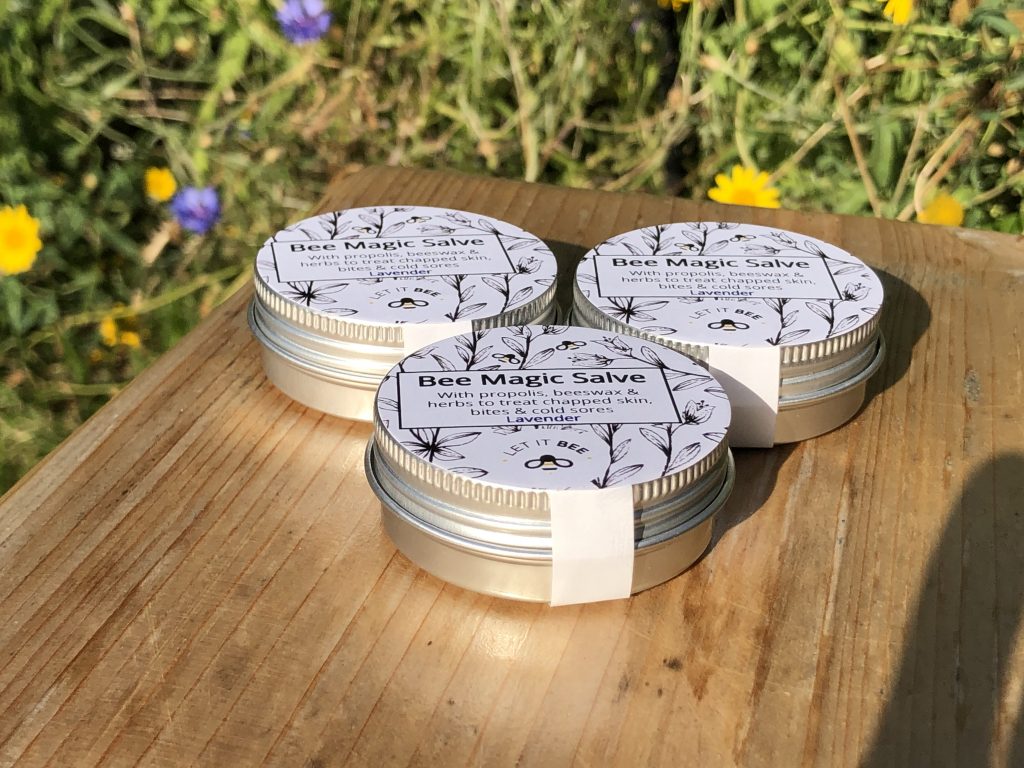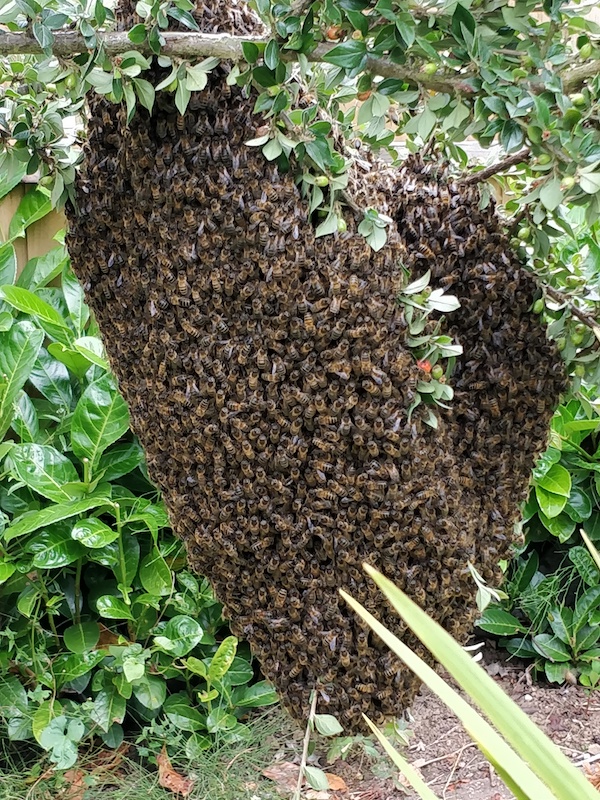
From propolis tincture to bee magic salve
You might not have heard about it before, and it really doesn’t look much, but propolis, or bee-glue, is really amazing stuff! Bees collect it from sticky tree buds and sap and use it to coat the inside of the hive and fill any gaps in their home. As a beekeeper I love it as it helps to keep my bees healthy. However, on a hot day it turns into a toffee-like substance which gets all over my gloves and bee suit!
Propolis has antifungal, antibacterial and anti-inflammatory properties that make it ideal for including in natural skincare. It is also packed full of antioxidants and nutrients which can help keep your skin healthy.
Propolis is quite a difficult product to use and it has taken me a lot of experimenting! My formula is to first pop the propolis in a coffee grinder (exclusively used for this!). I then make a tincture by dissolving the propolis in pure alcohol. Then I create a propolis oil, letting all the alcohol evaporate. The oil is then easy to add to our skincare products.
There are now a wide variety of propolis products available including cough mixtures, mouthwashes, toothpaste and skincare. If you are intrigued and want to find out more there is some serious research into propolis and its benefits by The International Propolis Research Group.
At Let It Bee we’re excited to now add a new propolis product to our range. Called Bee Magic Salve it’s made with propolis and beeswax from our hives together with the herbs comfrey and plaintain, both renowned for their wound skin antibacterial, anti-inflammatory and anti-itch properties.
Our Bee Magic Salve is perfect for chapped skin, cuts and abrasions, cold sores and stings. It is £5.75 for a tin and available in our on-line shop here.
And yes, you’ve guessed it, I developed this salve for when I get stung by my bees. Which fortunately isn’t too often!

